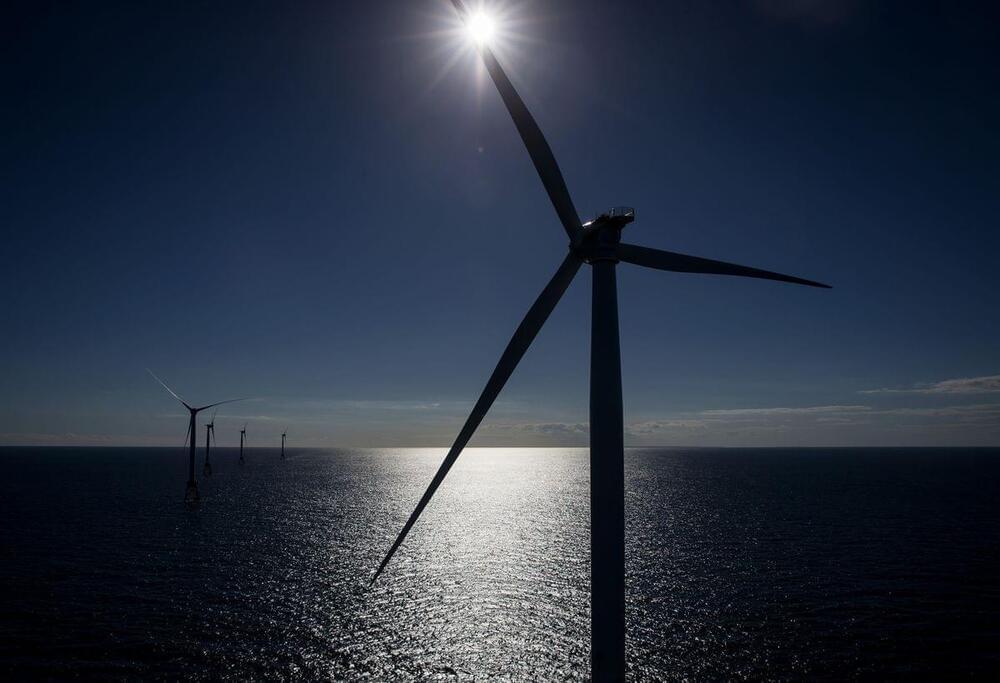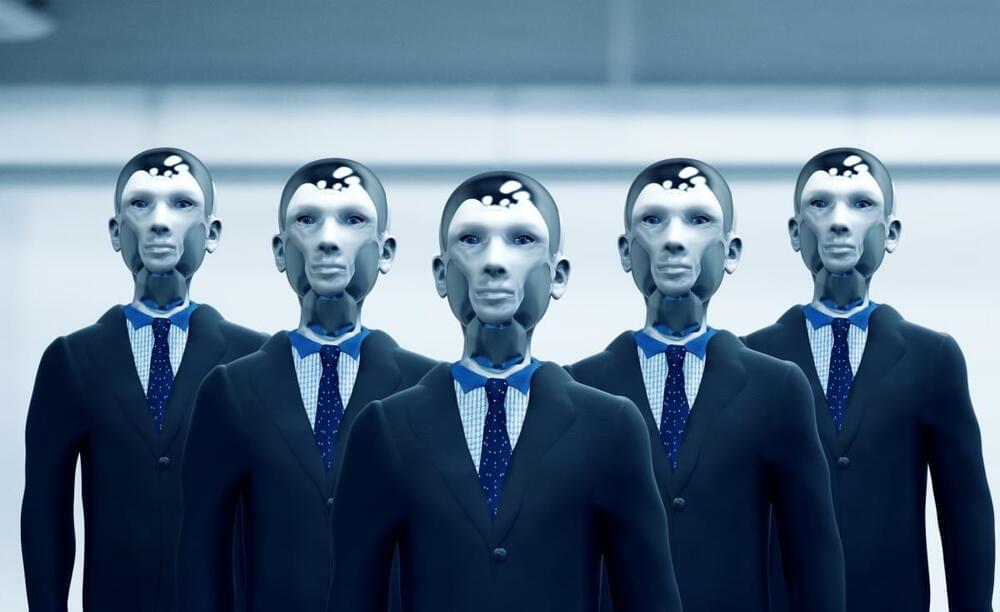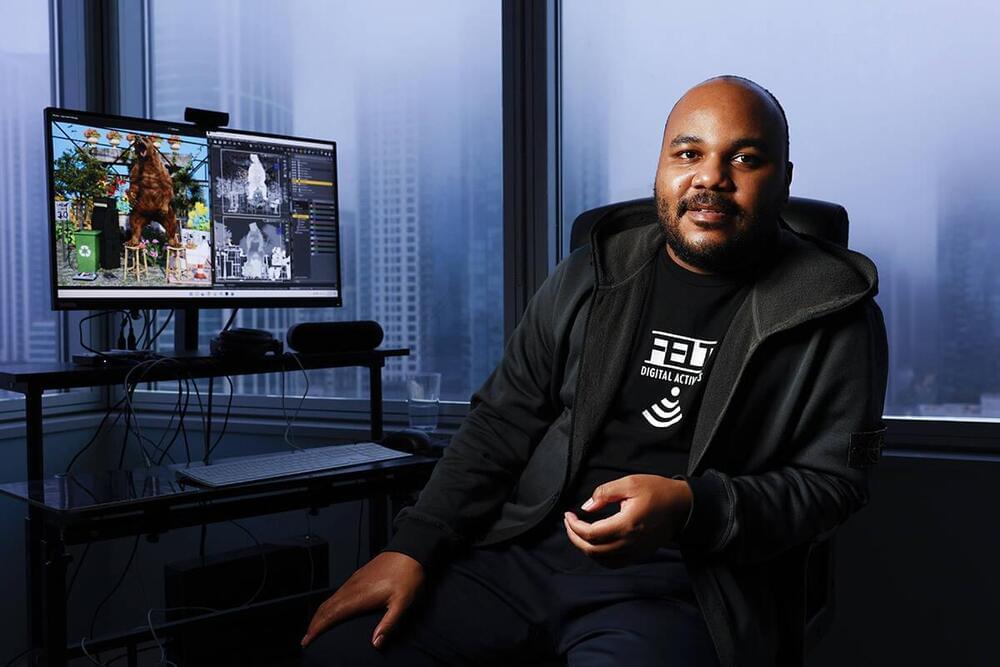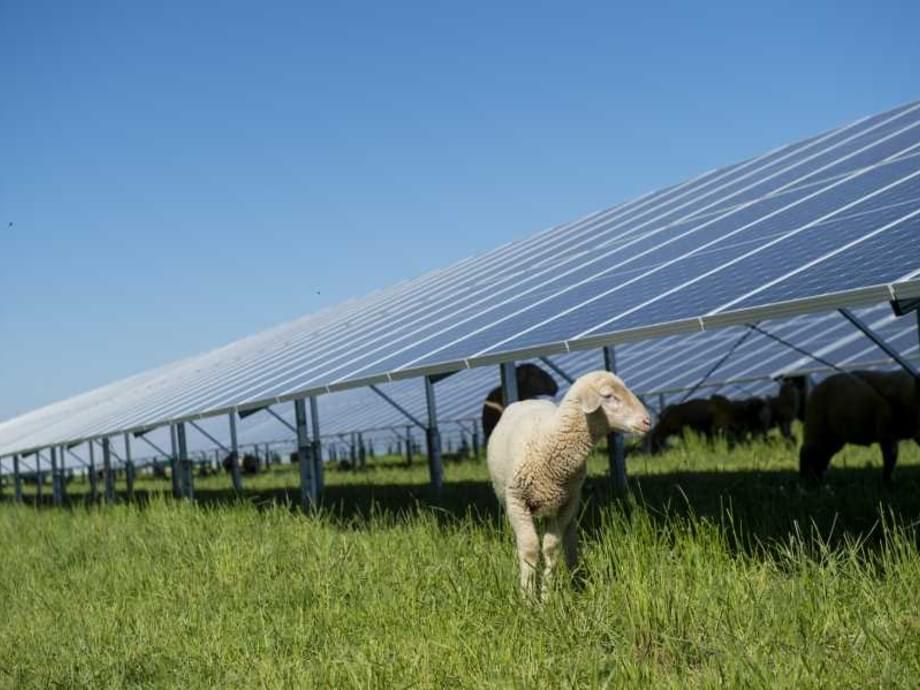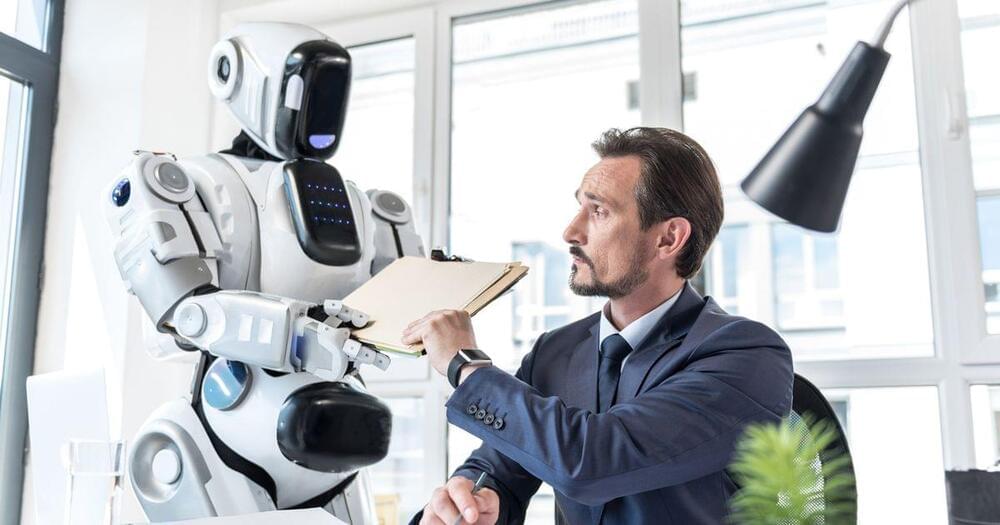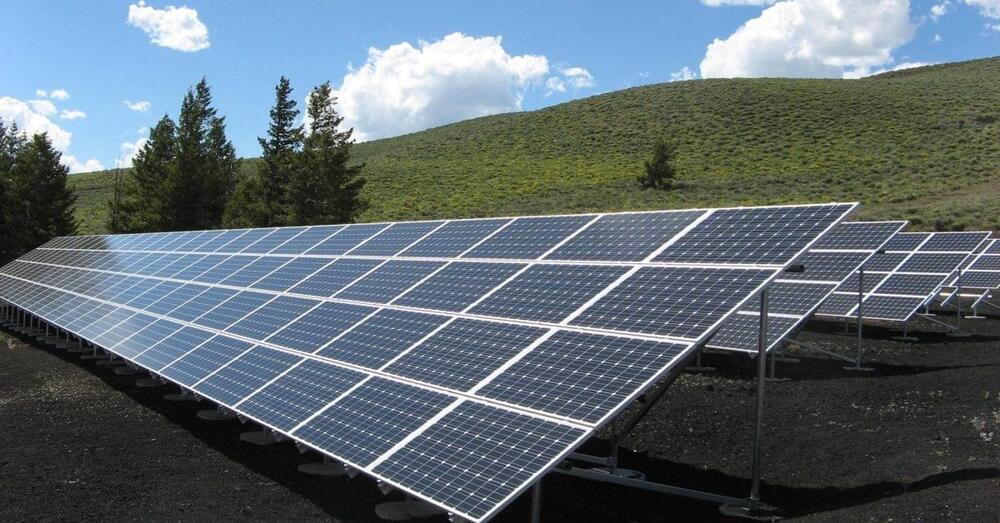New York state will spend $500 million building up ports and manufacturing infrastructure for offshore wind farms in a bid to become home base for the nascent industry.
The investments announced Wednesday by Governor Kathy Hochul will focus on building the supply chain for offshore turbines, which can provide clean power to a densely populated coast with little room for onshore wind farms or solar power plants.
“With this investment, New York will lead the nation on offshore wind production, creating green jobs for New Yorkers, and powering our clean energy future,” Hochul said in the statement.
